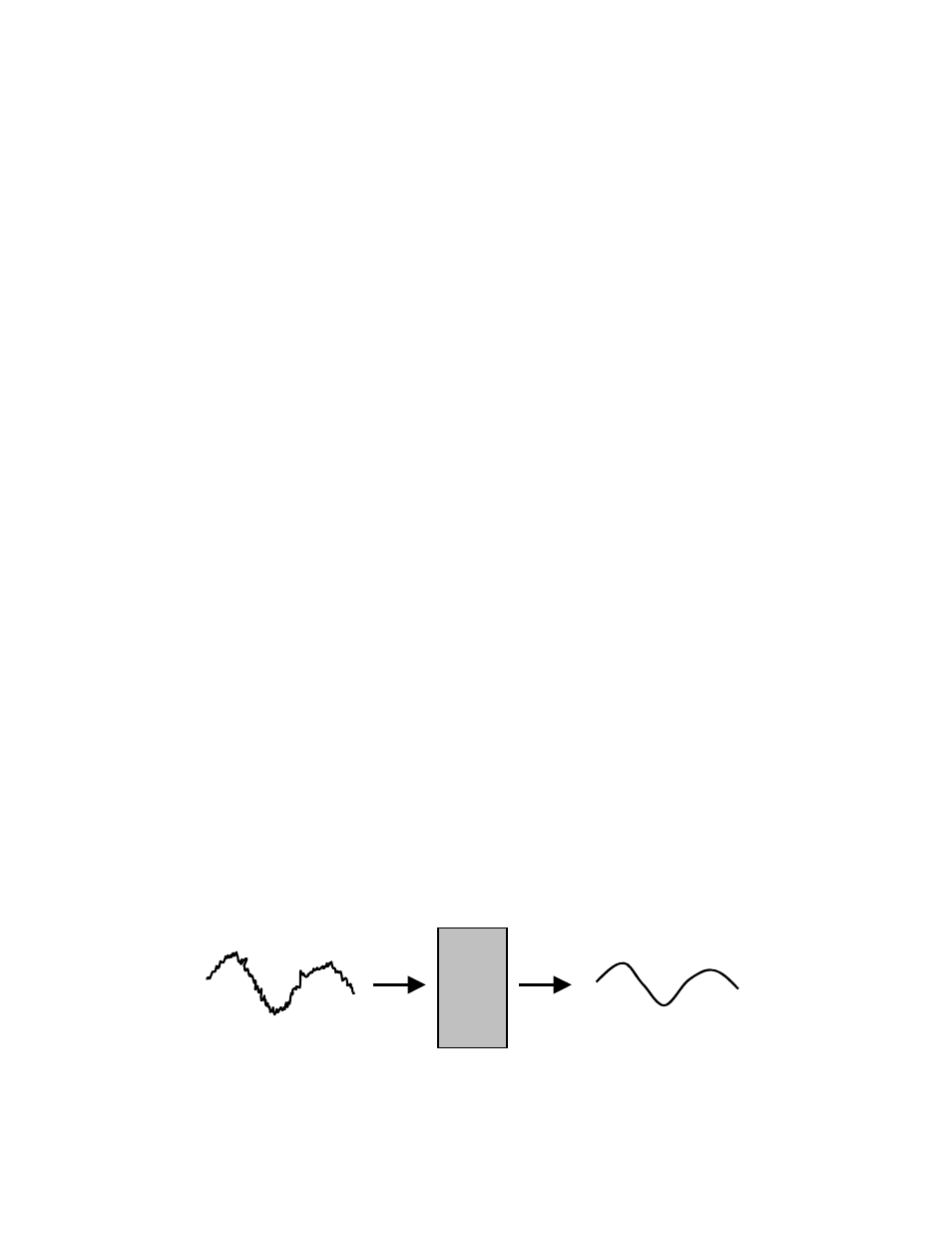Yaskawa P7 Drive User Manual User Manual
Page 122

Programming 5 - 38
Function: PI Differential
Setting: 16
Normal PI operation will adjust the Drive output in order to match the measured feedback value to a desired setpoint. When PI
is operated in the differential mode, however, the Drive output is adjusted in order to maintain a desired differential between
two feedback signals.
When the A2 analog input is configured as a PI Differential (H3-09= “16: PI Differential”), the A1 analog input becomes the
other PI Differential input. The desired differential is set by parameter b5-07 (PI Differential Setpoint) and can be set so that
A2 is held less than A1 (b5-07 <0) or A2 is held greater than A1 (b5-07>0).
When PI Differential operation is chosen, the A1 feedback level can be monitored by U1-24 (PI Feedback) and the A2
feedback level can be monitored by U1-53 (PI Feedback2).
Function: Not Used
Setting: 1F
When H3-09= “1F: Not Used”, any signal applied to the A2 analog input will be ignored by the Drive.
H3-10 Terminal A2 Gain Setting
Setting Range:
0.0 to 1000.0%
Factory Default: 100.0%
H3-11 Terminal A2 Bias Setting
Setting Range:
-100.0% to +100.0%
Factory Default: 0.0%
Parameters H3-10 and H3-11 perform the same function for the A2 analog input that parameters H3-02 and H3-03 perform for
the A1 analog input. Please refer to the parameter description for H3-02 and H3-03 for information about H3-10 and H3-11.
These parameters could be used for final calibration of a factory or field installed pressure to electric transducer input
connected to terminal A2 and AC. This field calibration may be needed if there is a job site variation from the typical 3 to 15
PSIG pneumatic signal input range.
H3-12 Analog Input Filter Time Constant
Setting Range:
0.0 to 2.00 Seconds
Factory Default: 0.30 Seconds
An analog input filter can be used to prevent erratic Drive control when a “noisy” analog reference is used. Parameter H3-12
sets the time constant for a first order filter that will be applied to both the A1 and A2 analog inputs. The Drive operation
becomes more stable the longer the time programmed, but it becomes less responsive to rapidly changing analog signals.
Fig. 31 Analog Input Filter Time Constant Effect on “Noisy” Signal
Analog
Input
Filter
Noisy
input
signal
Analog
input post
Internal Analog Input Valve
(Filtered)